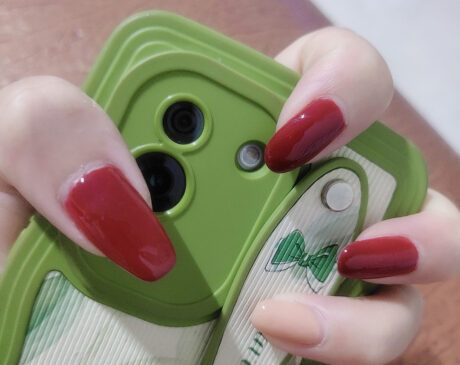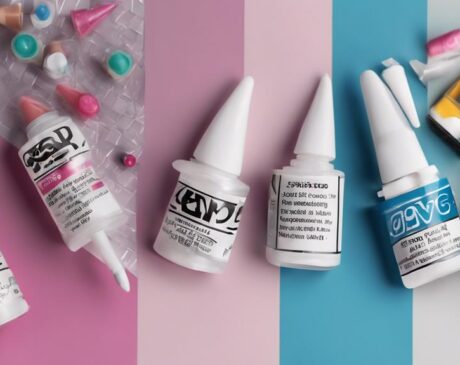Can You Grow Mold Under Fake Nails?
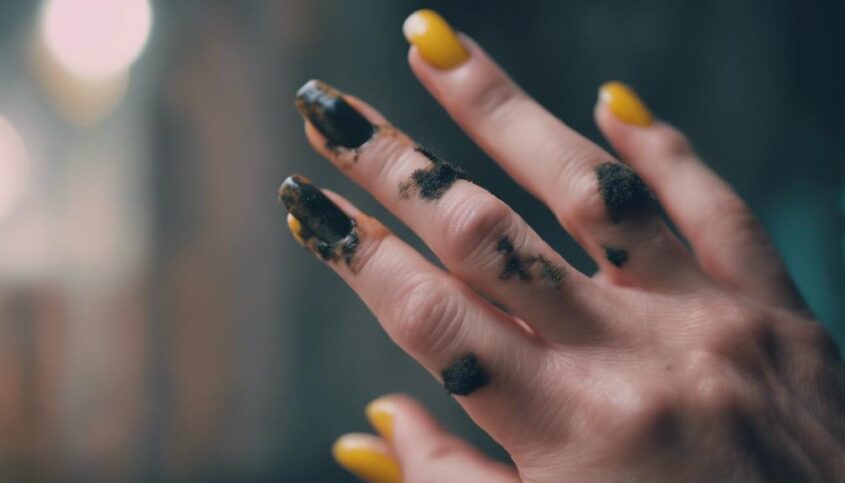
Mold can grow under fake nails if moisture is trapped. Proper nail care is essential to prevent this. Fake nails can create a warm, damp environment ideal for mold growth. Hygiene practices are crucial in maintaining nail health. Recognizing signs early can prevent further issues. Seeking professional guidance can dispel common misconceptions. Keeping nails dry and using quality products reduce the risk of mold. Regular cleaning and maintenance help prevent bacterial or fungal growth. Understanding the causes and prevention methods is key. Remember, healthy nails enhance appearance and prevent infections.
Key Takeaways
- Mold can grow under fake nails due to moisture accumulation.
- Proper nail care and hygiene practices can prevent mold growth.
- Look out for signs like discoloration and odor for early detection.
- Regularly clean underneath nails and keep them dry to avoid mold.
- Using breathable materials and quality products reduces the risk of mold.
Understanding Fake Nails
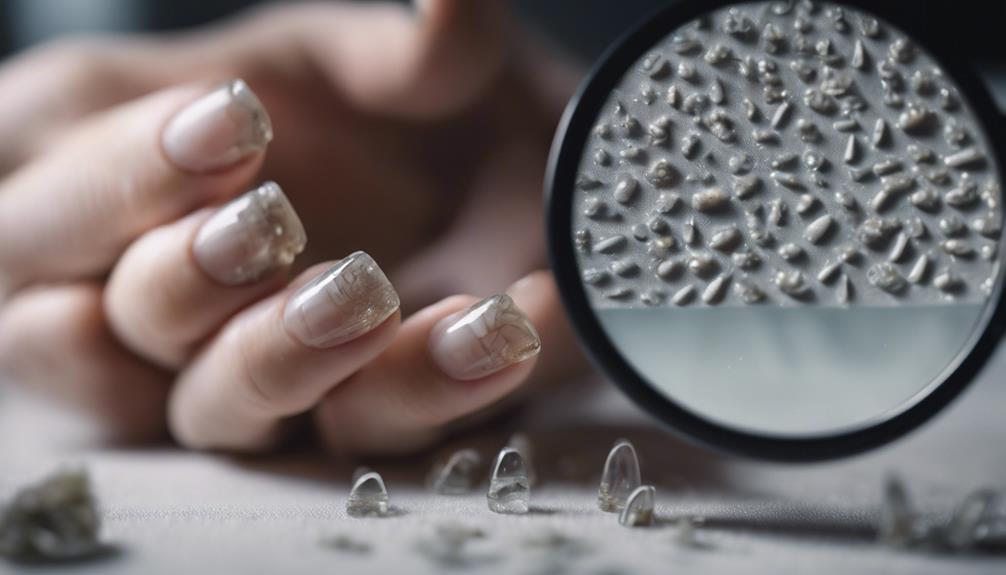
Understanding the construction and composition of fake nails is essential for individuals seeking to enhance their aesthetic appearance through artificial nail enhancements. Fake nails, also known as acrylic nails, are typically made from a combination of liquid monomer and powder polymer that forms a hard protective layer over natural nails. Proper nail care and maintenance are crucial to ensure the health of natural nails underneath.
When applied correctly, fake nails can provide a durable and long-lasting option for individuals looking to achieve a flawless manicure. However, it is important to be aware of the potential risks associated with fake nails, such as fungal infections or mold growth, which can occur if moisture becomes trapped between the fake nail and the natural nail. To maintain nail health, it is recommended to visit a professional nail technician for application and removal, as improper techniques can lead to damage and weaken the natural nails.
What Causes Mold Growth?
Mold growth under fake nails is often triggered by the accumulation of moisture between the artificial nail and the natural nail bed. This moisture creates a warm, damp environment that is conducive to the growth of mold and other fungal infections. Proper nail health and care are essential in preventing mold growth under fake nails. Ensuring that the natural nail bed is clean and dry before applying artificial nails can help reduce the risk of moisture buildup. Additionally, using breathable materials and allowing the nails to 'breathe' between applications can aid in preventing fungal infections.
Moisture is a key factor in mold growth, making it crucial to keep the nails dry and clean. Regularly removing and replacing fake nails can also help prevent the development of fungal infections. By maintaining good nail hygiene and following proper nail care practices, individuals can minimize the risk of mold growth under fake nails and promote overall nail health.
Common Misconceptions Debunked
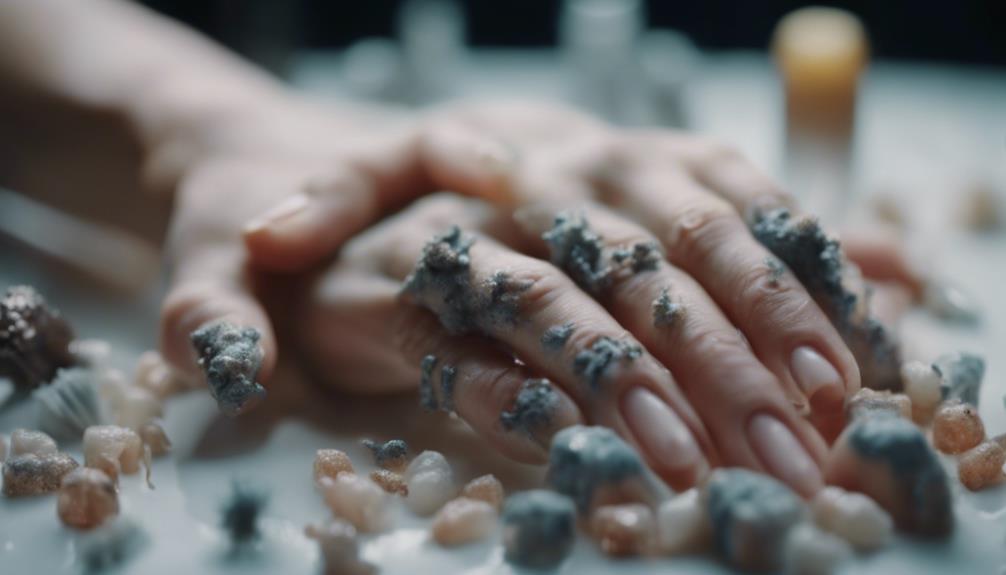
Addressing misconceptions surrounding the growth of mold under fake nails can help individuals make informed decisions about their nail care practices. Despite common beliefs, fake nails themselves do not inherently cause mold growth. Instead, it is the improper nail care practices that can lead to fungal infections.
To debunk some of these misconceptions, consider the following points:
- Breathability: Contrary to popular belief, fake nails, when applied correctly, do not suffocate the nails. Quality products and proper application techniques allow for airflow, reducing the risk of moisture buildup that can lead to mold growth.
- Hygiene Practices: Maintaining good nail hygiene is crucial in preventing fungal infections. Regularly cleaning and drying the nails, as well as ensuring the proper application and removal of fake nails, can significantly reduce the chances of mold growth.
- Professional Guidance: Consulting with a nail technician or dermatologist can provide valuable insights into proper nail care practices. Seeking professional advice can help dispel myths and ensure that individuals are following the best methods for maintaining healthy nails while wearing fake enhancements.
Hygiene Tips for Fake Nails
When maintaining fake nails, prioritizing proper hygiene practices is essential to prevent fungal infections and ensure the health of your natural nails. To maintain healthy and beautiful fake nails, here are some innovative hygiene tips to follow:
| Hygiene Tips for Fake Nails | Benefits |
|---|---|
| Keep your nails dry | Prevent fungal infections |
| Regularly clean underneath nails | Avoid bacteria build-up |
| Use cuticle oil | Maintain nail health |
| Avoid biting or picking nails | Prevent damage and infections |
| Choose quality products | Ensure long-lasting, healthy nails |
Nail care is crucial for both the longevity of your fake nails and the health of your natural nails. By following these hygiene tips, you can enjoy your fake nails while keeping fungal infections at bay. Remember, prevention is key when it comes to maintaining beautiful and healthy nails.
Signs of Mold Under Fake Nails
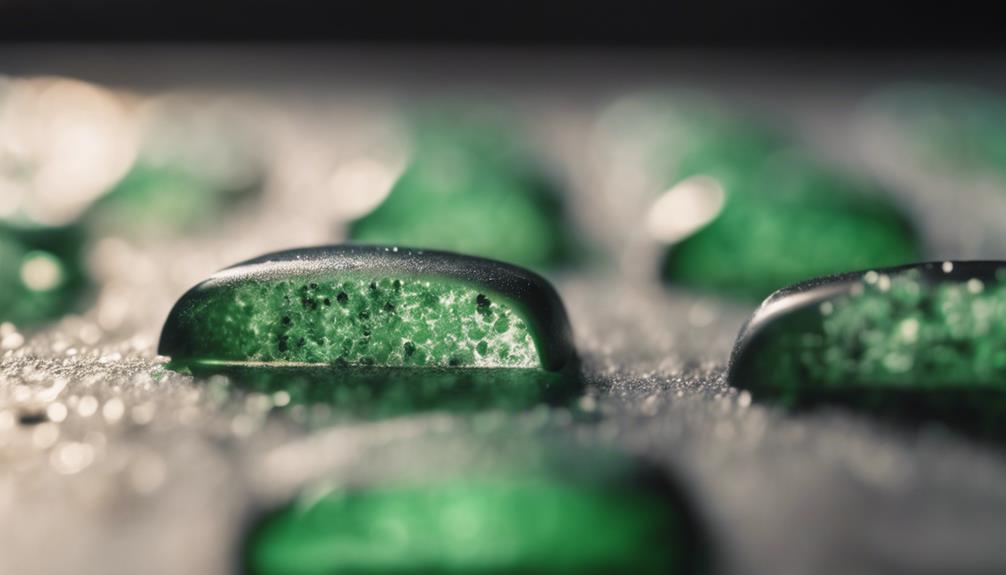
Recognizing the signs of mold under fake nails is crucial for maintaining healthy nails. Common indicators include:
- Discoloration
- Foul odor
- Changes in nail texture
Mold Detection Methods
Several indicators can help identify the presence of mold under fake nails. When it comes to detecting mold, being aware of these signs is crucial for timely intervention and prevention of any further issues.
Here are three innovative detection methods:
- Unpleasant Odor: Mold under fake nails often produces a musty or sour smell that is distinct from regular nail odors.
- Discoloration: Keep an eye out for any unusual discoloration of the nail bed or the underside of the fake nails, as mold growth can cause dark spots or patches.
- Texture Changes: Mold-infested nails may feel unusually soft or brittle compared to healthy nails, indicating potential mold presence.
Preventing Mold Growth
To prevent mold growth under fake nails, it is essential to maintain proper hygiene practices and regularly inspect nail extensions for any signs of mold infestation. Proper nail care is crucial in preventing fungal infections that can thrive in the warm and moist environment created by fake nails.
Ensure that your nails are kept clean and dry, avoiding prolonged exposure to water. It is advisable to use quality nail products and visit a reputable nail technician for application and maintenance. If you notice any discoloration, unusual odor, or irritation around the nail area, it is important to seek professional advice promptly to address any potential fungal issues before they escalate.
Regular maintenance and vigilance are key in preventing mold growth under fake nails.
Prevention Methods to Consider
Considering effective measures to prevent mold growth under fake nails is crucial for maintaining good nail health. To keep your nails healthy and free from fungal infections, here are three innovative prevention methods to consider:
- Proper Nail Care Routine:
Establishing a regular nail care routine is essential for preventing mold growth. Keep your nails clean and dry, trim them regularly, and avoid using fake nails for extended periods. Moisturize your cuticles and nails to maintain their health and strength.
- Use Antifungal Products:
Incorporate antifungal products into your nail care routine to prevent mold growth. Antifungal nail polishes, creams, or oils can help inhibit the growth of fungi and bacteria underneath fake nails, reducing the risk of infections.
- Choose High-Quality Nail Products:
Opt for high-quality fake nails and nail products to minimize the risk of mold growth. Ensure that the products you use are sterile and free from contamination to protect your natural nails from fungal infections.
Seeking Professional Help

Consulting a dermatologist or nail care specialist can provide valuable insights and guidance in addressing mold growth under fake nails. These professionals can offer professional consultation on nail health, conduct mold inspections, and suggest the best course of action to maintain healthy nails. Additionally, seeking assistance from a nail salon that prioritizes hygiene and cleanliness is crucial in preventing mold growth and ensuring optimal nail care.
To emphasize the importance of seeking professional help, the table below illustrates the benefits of consulting a dermatologist or nail care specialist:
| Professional Consultation | Nail Health |
|---|---|
| Expert guidance on nail care routines | Improved nail strength |
| Personalized treatment plans | Prevention of nail infections |
| Recommendations on nail products | Enhanced nail appearance |
| Early detection of nail issues | Faster nail growth |
| Tips for maintaining healthy nails | Reduced risk of mold growth |
Final Thoughts and Takeaways
In conclusion, individuals who wear fake nails should be aware of the potential risk of mold growth underneath them and take proactive measures to prevent it. Following proper nail hygiene practices and regularly cleaning fake nails can help minimize the chances of mold formation.
Mold Risk With Nails
When it comes to the risk of mold with nails, it is essential to prioritize proper hygiene and maintenance to prevent any potential issues. To ensure healthy nails and minimize fungal infections, consider the following:
- Regular Nail Care: Maintain clean and trimmed nails to reduce the risk of mold growth.
- Moisture Control: Keep nails dry as moisture can create an environment conducive to mold development.
- Quality Products: Use high-quality nail products and ensure proper application to prevent fungal infections.
Prevention Tips for Nails
Maintaining proper nail hygiene practices is crucial in preventing fungal infections and ensuring the health of your nails. When it comes to nail care, keeping your nails clean and dry is essential. Trim your nails regularly, making sure to file them in one direction to prevent breakage and ingrown nails.
Use moisturizer to keep your nails and cuticles hydrated, but be cautious not to over-moisturize, as excessive moisture can lead to fungal growth. Additionally, consider using breathable nail polish and giving your nails occasional breaks from polish to promote natural nail health.
Cleaning Fake Nails
Proper cleaning of fake nails is essential for maintaining their appearance and preventing bacterial or fungal growth. To ensure your fake nails stay in top condition, consider the following:
- Regular Cleaning: Clean your fake nails regularly with a gentle nail brush and mild soap to remove dirt and bacteria.
- Avoid Harsh Chemicals: Use gentle nail polish removers and cleaning agents to prevent damage to the fake nails and surrounding skin.
- Moisturize: Keep your nails and cuticles moisturized to prevent dryness and cracking, which can create openings for fungal infections.
Frequently Asked Questions
Are There Any Specific Types of Fake Nails That Are More Prone to Mold Growth?
When considering nail materials, hygiene practices play a crucial role in preventing mold growth. Regular maintenance and proper care can help minimize the risk. Opt for quality products and follow recommended maintenance tips to uphold nail health.
Can Mold Under Fake Nails Cause Any Health Issues or Complications?
Health risks associated with mold under fake nails can include skin infections, allergic reactions, and nail damage. Prevention entails keeping hands and nails clean and dry. Complications may require medical treatment such as antifungal medications or nail removal.
How Can I Tell the Difference Between Mold Growth and Other Nail Issues Under Fake Nails?
To distinguish between mold growth and other nail issues under artificial nails, seek the expertise of a nail technician for accurate diagnosis. Look for signs of fungal infection, such as discoloration or unusual texture, to ensure proper treatment.
Is It Possible for Mold Under Fake Nails to Spread to Natural Nails or Skin?
Fungal infections under fake nails can potentially spread to natural nails or skin if left untreated. Proper nail care and hygiene are essential for prevention. Swift identification and treatment of fungal growth are crucial for maintaining healthy nails.
Are There Any Home Remedies or Treatments for Mold Under Fake Nails That Are Effective?
When faced with mold under fake nails, explore DIY remedies or seek professional treatments. Prevention is key – maintain proper nail care and hygiene to reduce the risk of mold growth. Stay innovative in your approach for healthy nails.
Conclusion
In conclusion, it is important to be vigilant in maintaining proper hygiene when wearing fake nails to prevent mold growth.
By understanding the causes of mold and implementing prevention methods, individuals can avoid potential health risks associated with mold under fake nails.
Remember that diligent care and regular maintenance are key to keeping your nails healthy and free from mold.
Just as a gardener tends to their garden to promote growth, so too must we nurture our nails to thrive.

